Home>Technology>Home Entertainment Systems>How To Bypass HDCP On A Projector
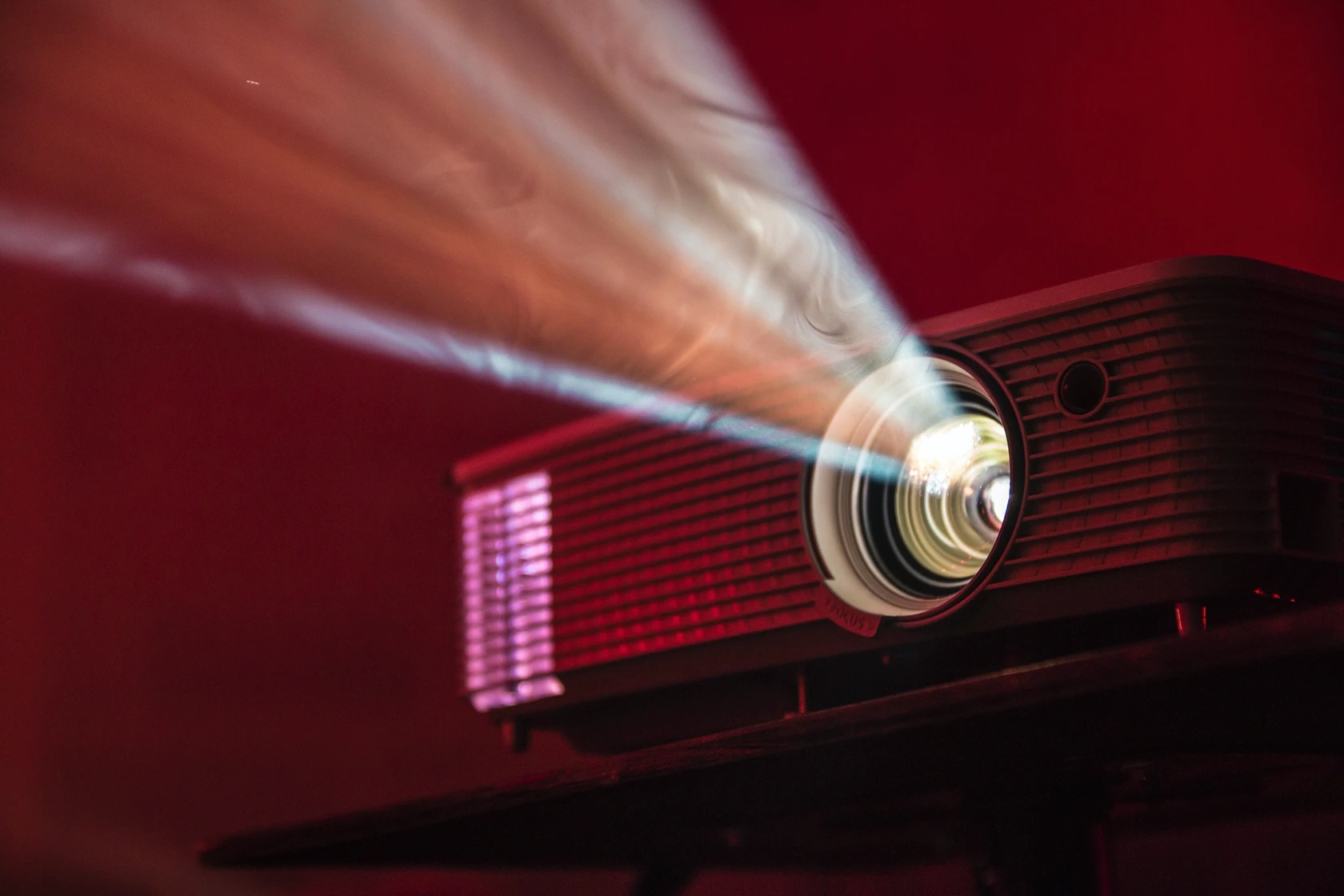

Home Entertainment Systems
How To Bypass HDCP On A Projector
Modified: January 4, 2024
Learn how to bypass HDCP on your home entertainment system projector and enjoy uninterrupted viewing. Discover effective solutions and troubleshooting tips.
(Many of the links in this article redirect to a specific reviewed product. Your purchase of these products through affiliate links helps to generate commission for Storables.com, at no extra cost. Learn more)
Introduction
Are you eager to stream your favorite content from a device to your projector, only to be met with a frustrating HDCP (High-bandwidth Digital Content Protection) error message? This obstacle can be particularly irksome when you simply wish to enjoy a movie night or share a memorable slideshow with friends and family. Fortunately, there are methods to bypass HDCP on a projector, granting you the freedom to stream without hindrance. In this article, we will delve into the intricacies of HDCP, explore the reasons behind its implementation, and guide you through the various methods to bypass it effectively. Whether you're a home entertainment enthusiast or a tech-savvy individual seeking a seamless streaming experience, this comprehensive guide will equip you with the knowledge and tools to overcome HDCP barriers and elevate your viewing pleasure. Let's embark on this enlightening journey to unlock the full potential of your projector and streaming devices.
Key Takeaways:
- Say goodbye to HDCP frustration! Use an HDCP stripper or HDMI splitter to bypass HDCP on your projector and enjoy seamless streaming of high-definition content without any restrictions.
- Unlock the full potential of your projector! With HDCP bypass methods like HDCP strippers and HDMI splitters, you can elevate your home entertainment experience and enjoy uninterrupted access to your favorite movies, TV shows, and gaming experiences.
Read more: How To Bypass A Motion Detector
Understanding HDCP
High-bandwidth Digital Content Protection (HDCP) is a form of digital copy protection designed to prevent unauthorized duplication of copyrighted material, particularly high-definition content. Implemented in various consumer electronic devices, including projectors, televisions, and media players, HDCP encrypts the digital signal transmitted between the video source (e.g., Blu-ray player, streaming device, or gaming console) and the display device (e.g., projector or television).
The primary objective of HDCP is to safeguard the integrity of digital content by thwarting unauthorized interception and recording of audiovisual material. This technology plays a pivotal role in protecting the rights of content creators and distributors, ensuring that copyrighted material is not illicitly reproduced or distributed.
When a HDCP-encrypted source attempts to establish a connection with a non-HDCP compliant display device, such as an older projector or a monitor lacking HDCP support, an HDCP error is triggered. This error manifests as a message indicating that the content cannot be displayed due to HDCP restrictions. Consequently, this impedes the seamless transmission of high-definition content, leading to frustration and inconvenience for users seeking to enjoy their favorite media on their projector.
It is important to note that while HDCP serves a crucial role in protecting copyrighted material, it can pose a hindrance for users who wish to stream content from HDCP-compliant sources to non-HDCP compliant display devices, such as certain projectors. In such scenarios, individuals may seek alternative methods to bypass HDCP and enable the uninterrupted transmission of high-definition content to their projectors.
By gaining a comprehensive understanding of HDCP and its impact on the viewing experience, individuals can explore effective strategies to overcome HDCP limitations and optimize their projector for seamless content streaming.
Methods to Bypass HDCP on a Projector
Encountering HDCP restrictions when attempting to stream content to your projector can be exasperating, especially when you simply want to enjoy your favorite movies, TV shows, or gaming sessions. Fortunately, there are several methods available to bypass HDCP on a projector, allowing you to unlock the full potential of your home entertainment system and indulge in uninterrupted viewing experiences. Let’s explore two effective methods to bypass HDCP on a projector:
- Using an HDCP Stripper: An HDCP stripper, also known as an HDCP converter, is a device designed to remove HDCP encryption from the HDMI signal, enabling the seamless transmission of content to non-HDCP compliant display devices, including projectors. By intercepting the HDCP handshake between the video source and the display device, the HDCP stripper effectively bypasses HDCP restrictions, allowing you to enjoy high-definition content without encountering error messages or playback issues. This method offers a straightforward solution for individuals seeking to bypass HDCP on their projectors and unlock a wider range of streaming possibilities.
- Using a HDMI Splitter: Another effective method to bypass HDCP on a projector involves utilizing a HDMI splitter with HDCP bypass functionality. A HDMI splitter is a device that takes a single HDMI input and distributes it to multiple outputs, allowing you to duplicate and transmit the HDMI signal to different display devices. Certain HDMI splitters are equipped with built-in HDCP bypass capabilities, enabling them to remove HDCP encryption from the signal and facilitate seamless connectivity with non-HDCP compliant projectors. By leveraging a HDMI splitter with HDCP bypass functionality, you can overcome HDCP restrictions and elevate your projector’s compatibility with a diverse array of streaming sources, enhancing your home entertainment experience.
These methods provide practical and effective solutions for bypassing HDCP on a projector, empowering you to enjoy high-definition content without encountering the limitations imposed by HDCP encryption. By implementing these strategies, you can optimize your projector for versatile content streaming and unlock a world of entertainment possibilities, ensuring that you can savor your favorite media with unparalleled convenience and flexibility.
You can bypass HDCP on a projector by using an HDMI splitter or an HDCP stripper. These devices can remove the HDCP encryption from the signal, allowing you to display content from a source that doesn’t support HDCP.
Using an HDCP Stripper
When seeking to bypass HDCP restrictions on a projector, utilizing an HDCP stripper presents a viable and efficient solution. An HDCP stripper, also referred to as an HDCP converter, is a device designed to remove HDCP encryption from the HDMI signal, thereby enabling seamless connectivity between HDCP-compliant video sources and non-HDCP compliant display devices, including projectors. By intercepting the HDCP handshake and eliminating the encryption, the HDCP stripper facilitates the unrestricted transmission of high-definition content, ensuring a smooth and uninterrupted viewing experience.
Utilizing an HDCP stripper involves a straightforward setup process, typically requiring the insertion of the HDCP stripper between the HDMI output of the video source and the HDMI input of the projector. This intermediary placement allows the HDCP stripper to intercept the HDMI signal, remove the HDCP encryption, and transmit the de-encrypted signal to the projector, effectively bypassing HDCP restrictions and enabling the seamless display of high-definition content.
One of the key advantages of using an HDCP stripper is its compatibility with a wide range of video sources and display devices, making it a versatile solution for bypassing HDCP on a projector. Whether you’re streaming content from a Blu-ray player, gaming console, or media streaming device, the HDCP stripper can effectively remove HDCP encryption from the HDMI signal, ensuring that you can enjoy your favorite media without encountering HDCP-related playback issues or error messages.
Furthermore, the utilization of an HDCP stripper empowers individuals to optimize their projectors for versatile content streaming, unlocking the full potential of their home entertainment systems. By seamlessly bypassing HDCP restrictions, users can relish high-definition movies, TV shows, and gaming experiences on their projectors, free from the constraints imposed by HDCP encryption.
Overall, the use of an HDCP stripper offers a practical and effective method to bypass HDCP on a projector, providing users with the freedom to enjoy a diverse array of high-definition content without the encumbrance of HDCP-related limitations. By incorporating an HDCP stripper into their home entertainment setup, individuals can elevate their viewing experiences and revel in the seamless transmission of their favorite media on their projectors.
Using a HDMI Splitter
Another effective method to bypass HDCP on a projector involves leveraging a HDMI splitter equipped with HDCP bypass functionality. A HDMI splitter is a device designed to take a single HDMI input and distribute it to multiple outputs, allowing users to duplicate and transmit the HDMI signal to different display devices. Certain HDMI splitters are equipped with built-in HDCP bypass capabilities, enabling them to remove HDCP encryption from the signal and facilitate seamless connectivity with non-HDCP compliant projectors.
Utilizing a HDMI splitter with HDCP bypass functionality offers a practical and versatile solution for individuals seeking to bypass HDCP restrictions and optimize their projectors for seamless content streaming. By connecting the HDMI output of the video source to the input of the HDMI splitter, and subsequently connecting one output of the splitter to the HDCP-compliant display device and the other output to the non-HDCP compliant projector, users can effectively bypass HDCP encryption and transmit high-definition content to their projectors without encountering playback issues or error messages.
One of the key advantages of using a HDMI splitter with HDCP bypass functionality is its ability to accommodate multiple display devices while ensuring the seamless transmission of high-definition content. This feature is particularly beneficial for individuals with diverse home entertainment setups, as it allows them to distribute the HDMI signal to both HDCP-compliant and non-HDCP compliant display devices, enabling a flexible and versatile streaming experience.
Furthermore, the utilization of a HDMI splitter with HDCP bypass functionality empowers users to overcome the limitations imposed by HDCP encryption, granting them the freedom to enjoy a wide range of high-definition media on their projectors. Whether streaming from a Blu-ray player, gaming console, or media streaming device, individuals can relish their favorite content without the encumbrance of HDCP-related restrictions, enhancing their home entertainment experiences.
By incorporating a HDMI splitter with HDCP bypass functionality into their home entertainment systems, individuals can elevate the compatibility of their projectors with HDCP-compliant video sources, unlocking a world of entertainment possibilities and ensuring a seamless and uninterrupted viewing experience.
Read more: How To Bypass The Thermostat On A Furnace
Conclusion
As technology continues to evolve, the demand for seamless and unrestricted content streaming on projectors has become increasingly prevalent. HDCP restrictions, while serving a vital role in protecting copyrighted material, can pose significant challenges for individuals seeking to enjoy high-definition media on their projectors. However, through the utilization of effective methods to bypass HDCP, such as HDCP strippers and HDMI splitters with HDCP bypass functionality, users can overcome these limitations and unlock the full potential of their projectors for versatile content streaming.
By gaining a comprehensive understanding of HDCP and its impact on content transmission, individuals can explore practical solutions to bypass HDCP on their projectors, ensuring uninterrupted access to their favorite movies, TV shows, and gaming experiences. Whether employing an HDCP stripper to remove HDCP encryption from the HDMI signal or utilizing a HDMI splitter with HDCP bypass capabilities to facilitate seamless connectivity, users can elevate their home entertainment experiences and revel in the flexibility of streaming high-definition content on their projectors.
It is essential to note that while bypassing HDCP can enhance the compatibility of projectors with a diverse array of video sources, it is imperative to adhere to copyright laws and regulations governing the use and distribution of copyrighted material. By employing HDCP bypass methods responsibly and ethically, individuals can savor their favorite media while respecting the rights of content creators and distributors.
In conclusion, the ability to bypass HDCP on a projector empowers users to unlock a world of entertainment possibilities, enabling them to enjoy high-definition content without the encumbrance of HDCP-related restrictions. By implementing the methods discussed in this guide, individuals can optimize their projectors for seamless content streaming, fostering immersive and enjoyable viewing experiences for themselves, their families, and their friends. With the knowledge and tools to bypass HDCP at their disposal, individuals can embark on a journey of uninterrupted entertainment, embracing the full potential of their projectors as versatile hubs for high-definition media consumption.
Frequently Asked Questions about How To Bypass HDCP On A Projector
Was this page helpful?
At Storables.com, we guarantee accurate and reliable information. Our content, validated by Expert Board Contributors, is crafted following stringent Editorial Policies. We're committed to providing you with well-researched, expert-backed insights for all your informational needs.
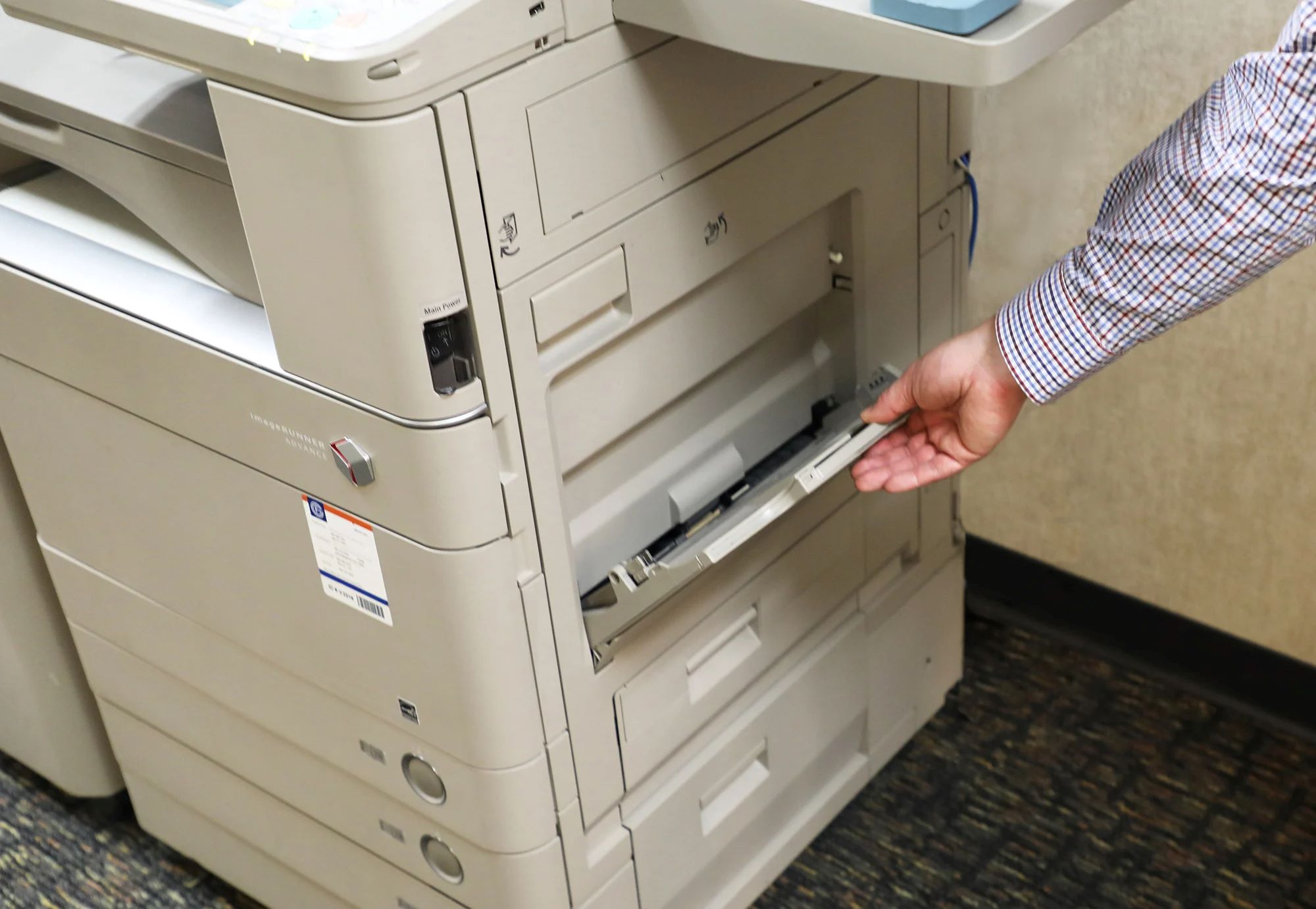
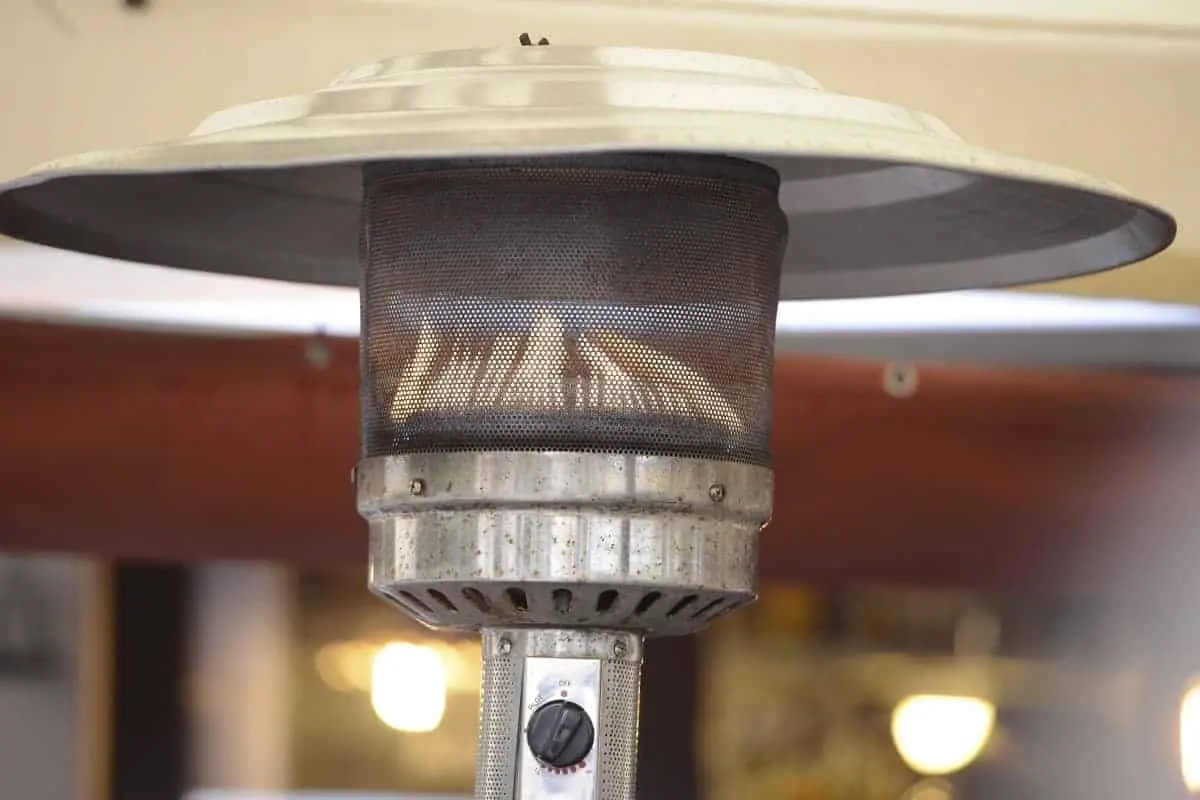
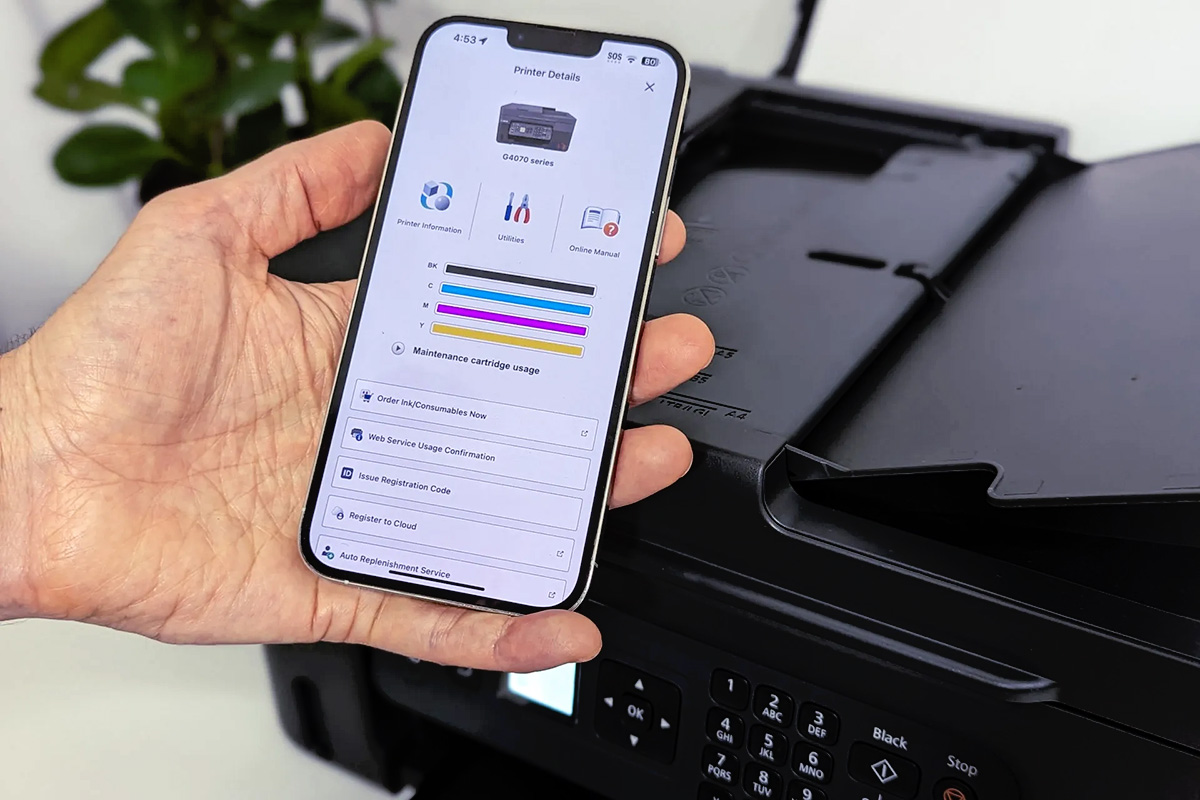
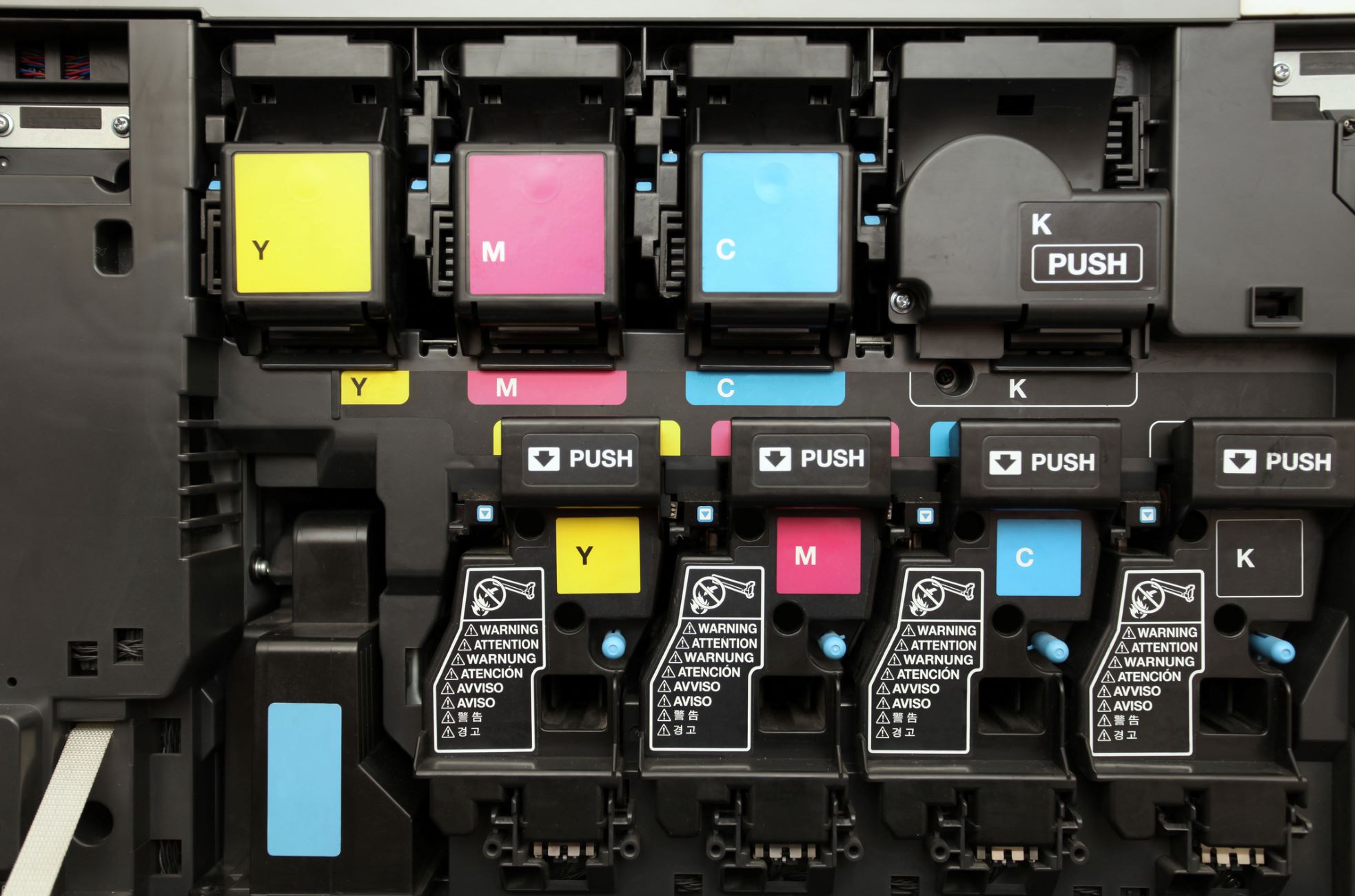
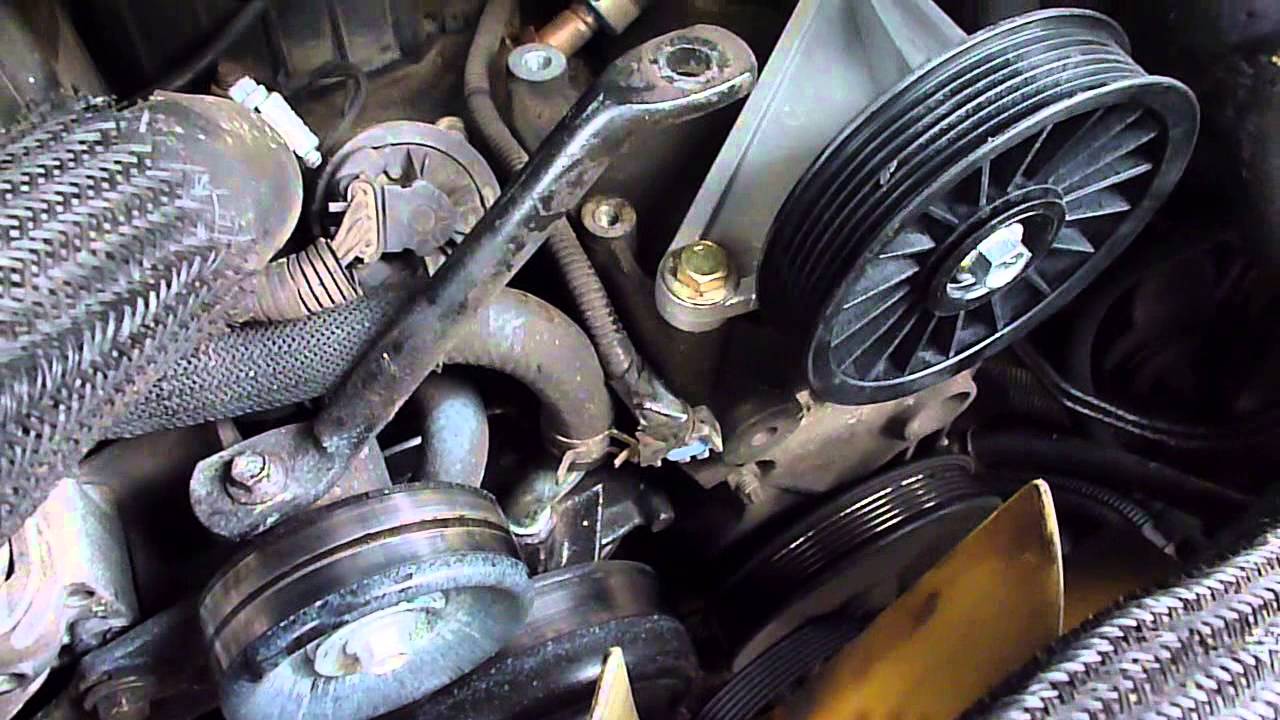
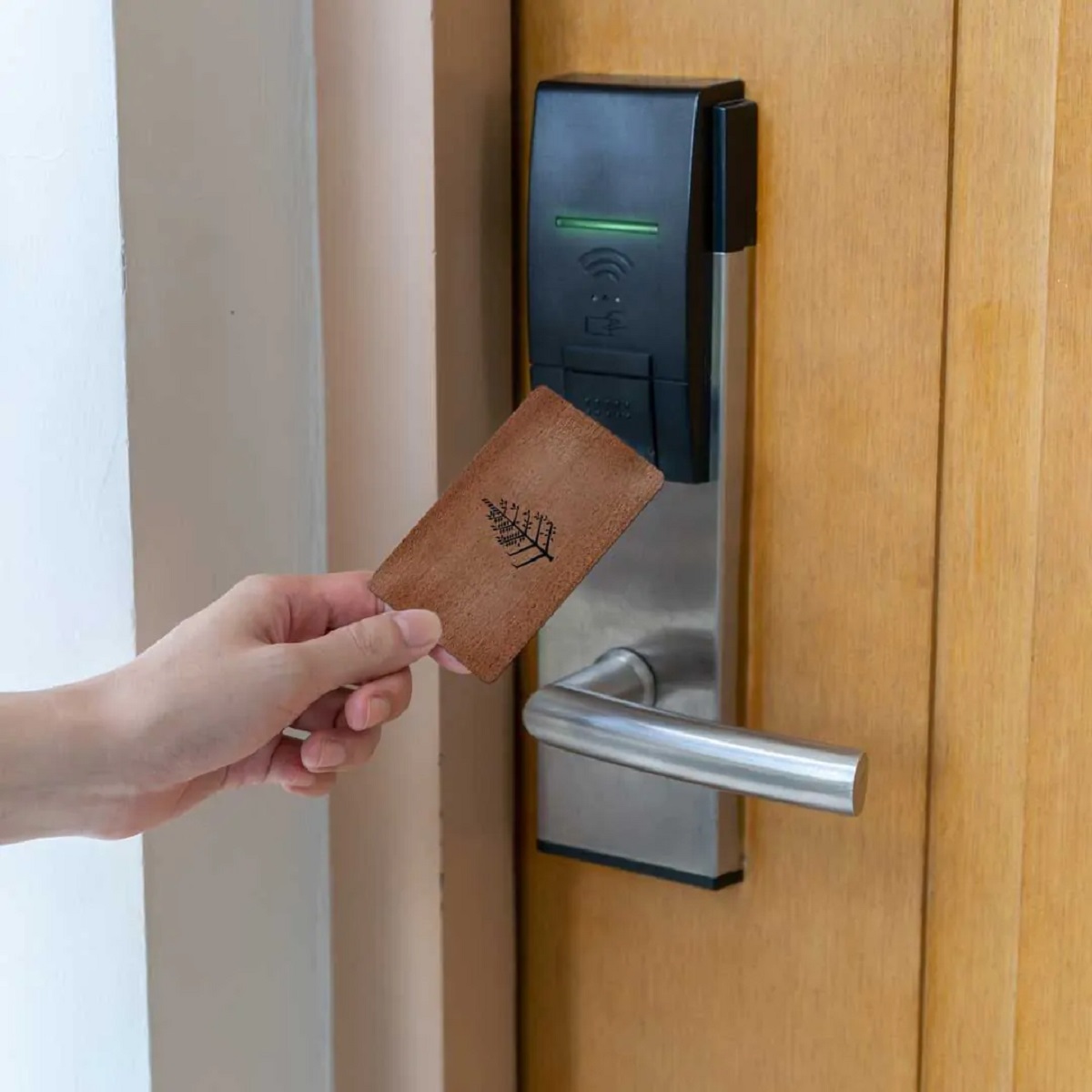
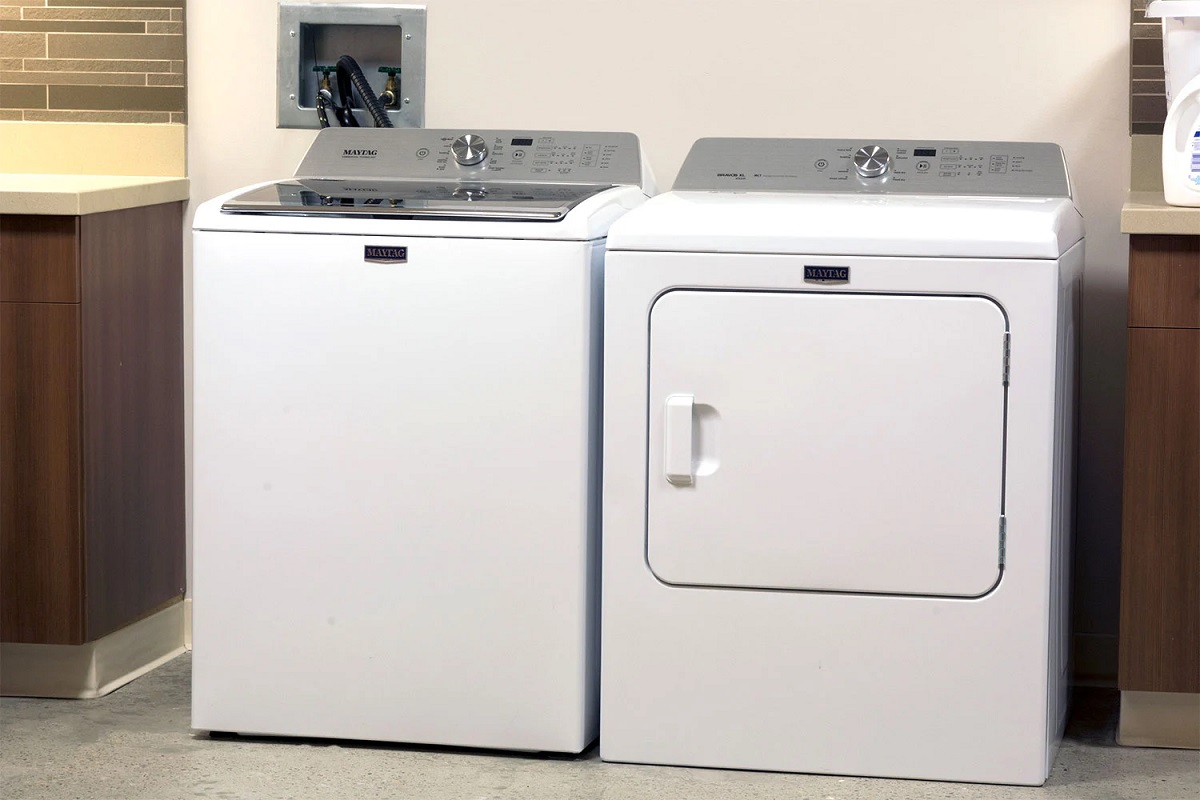
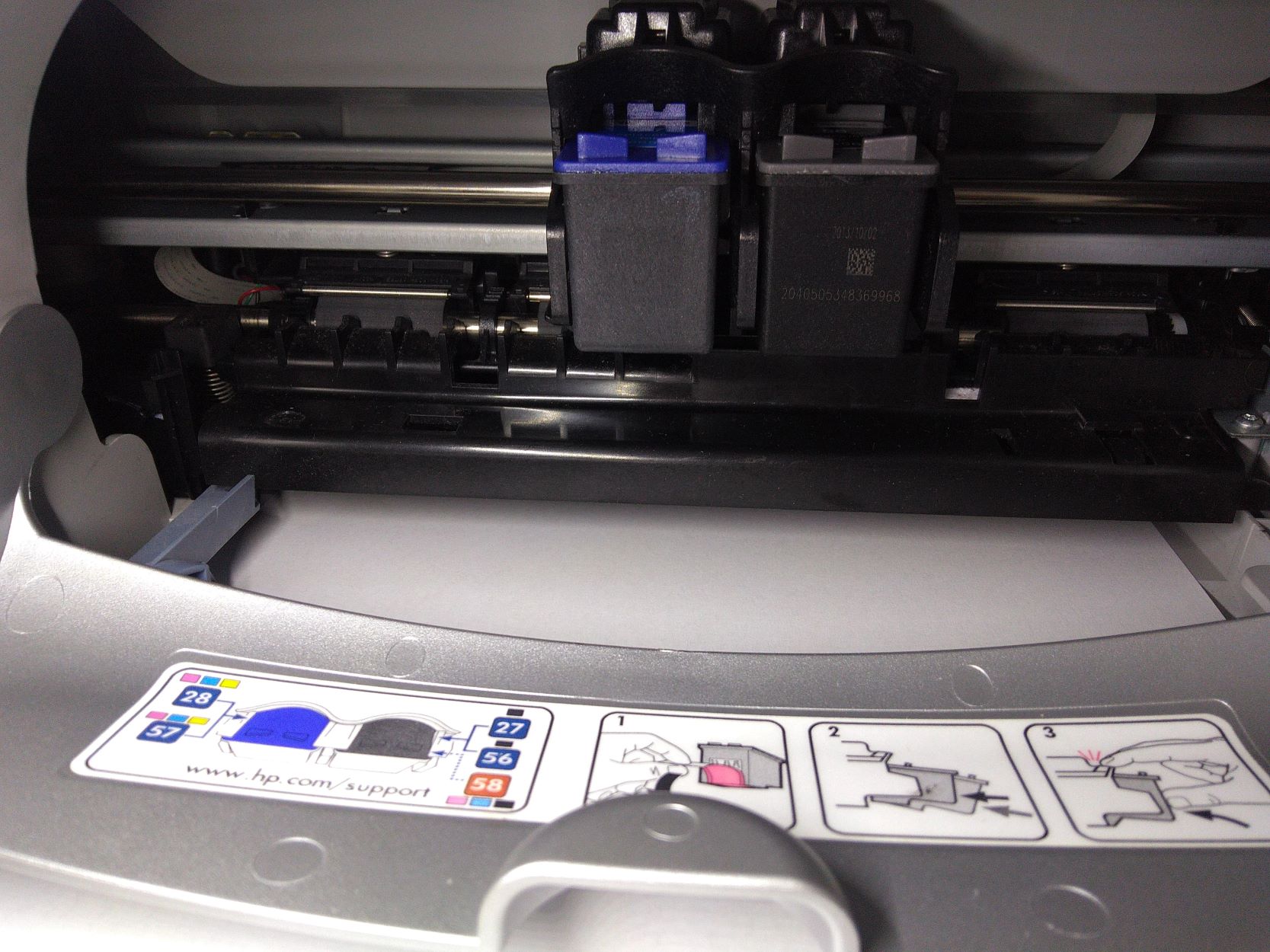
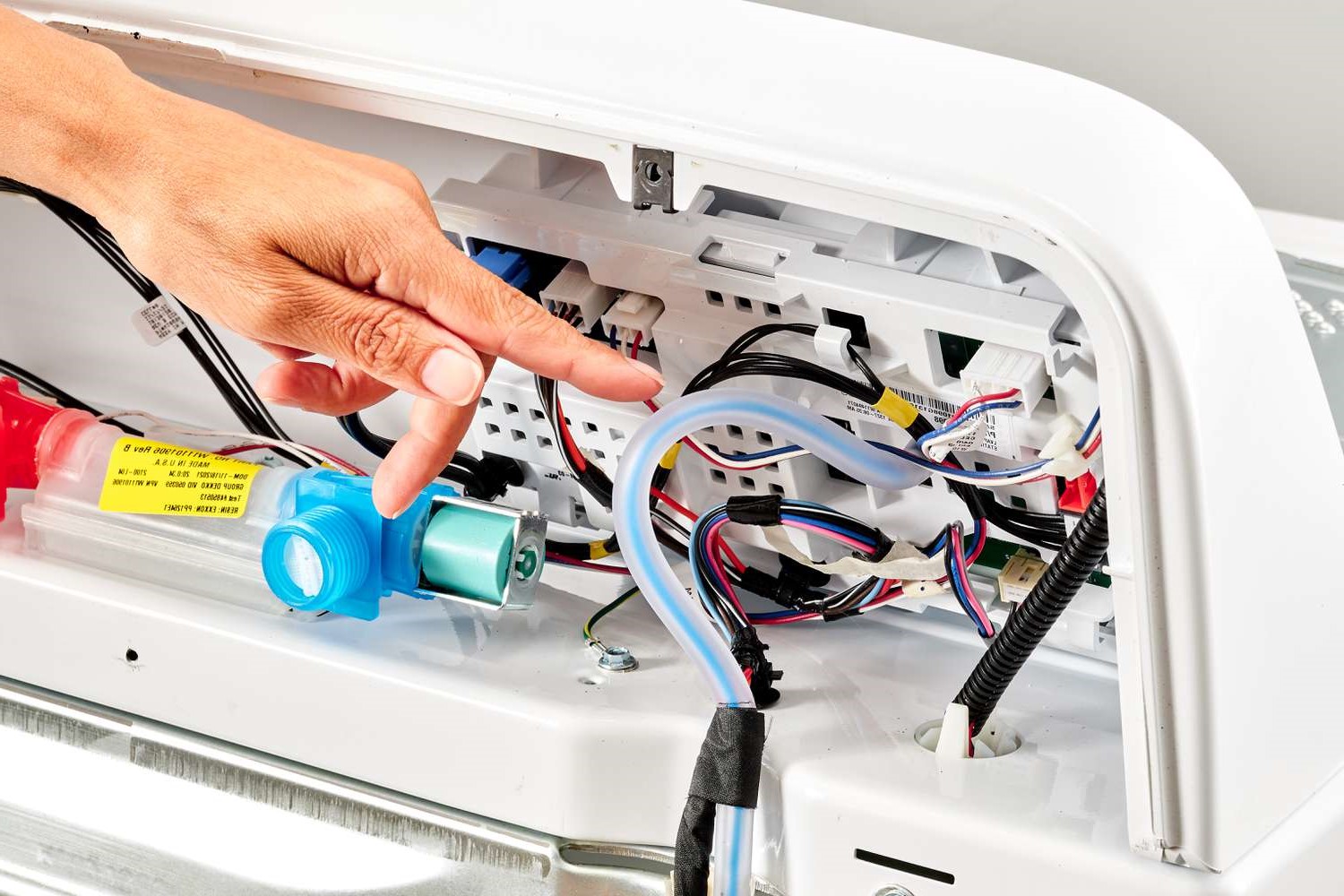
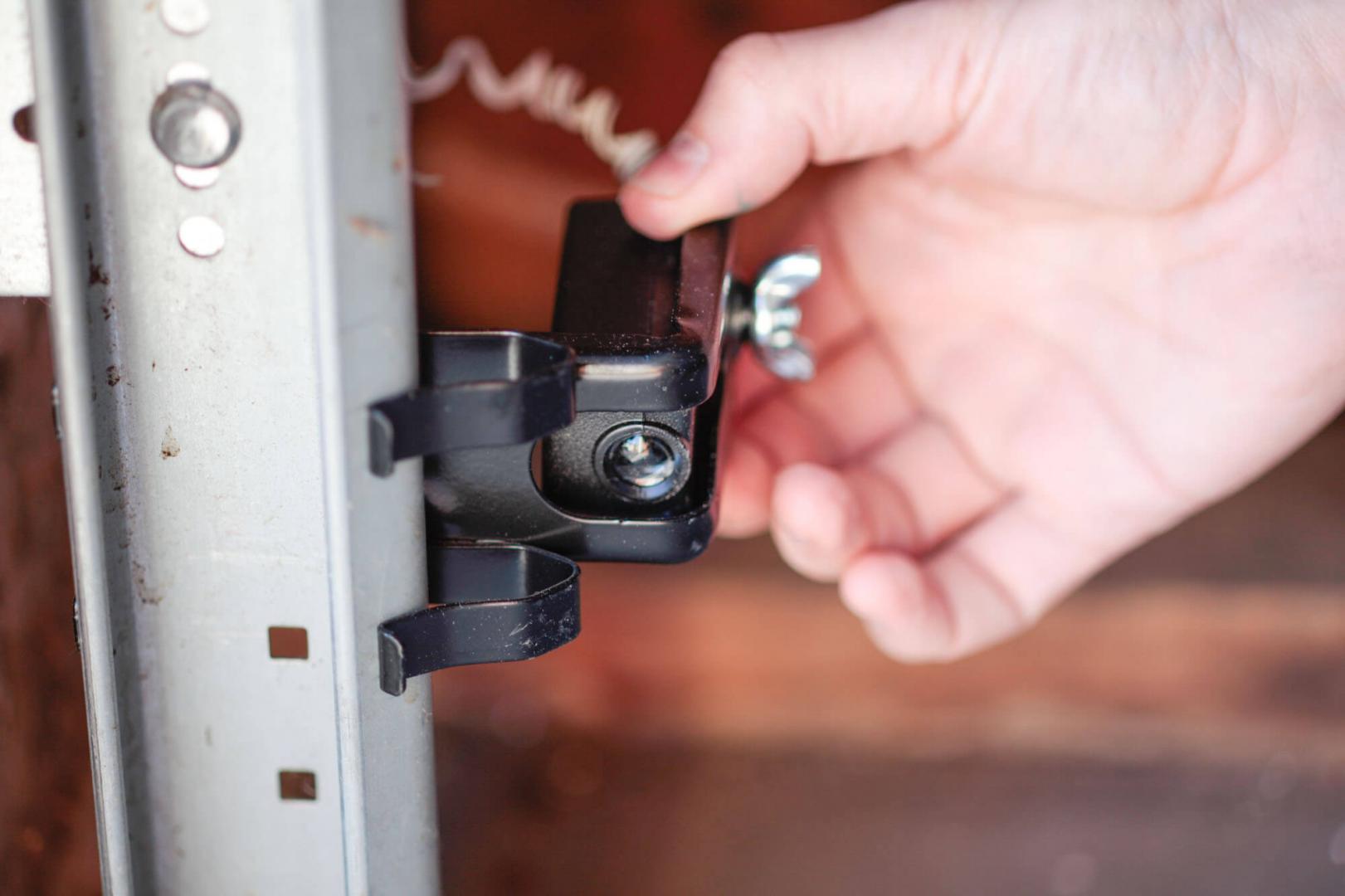
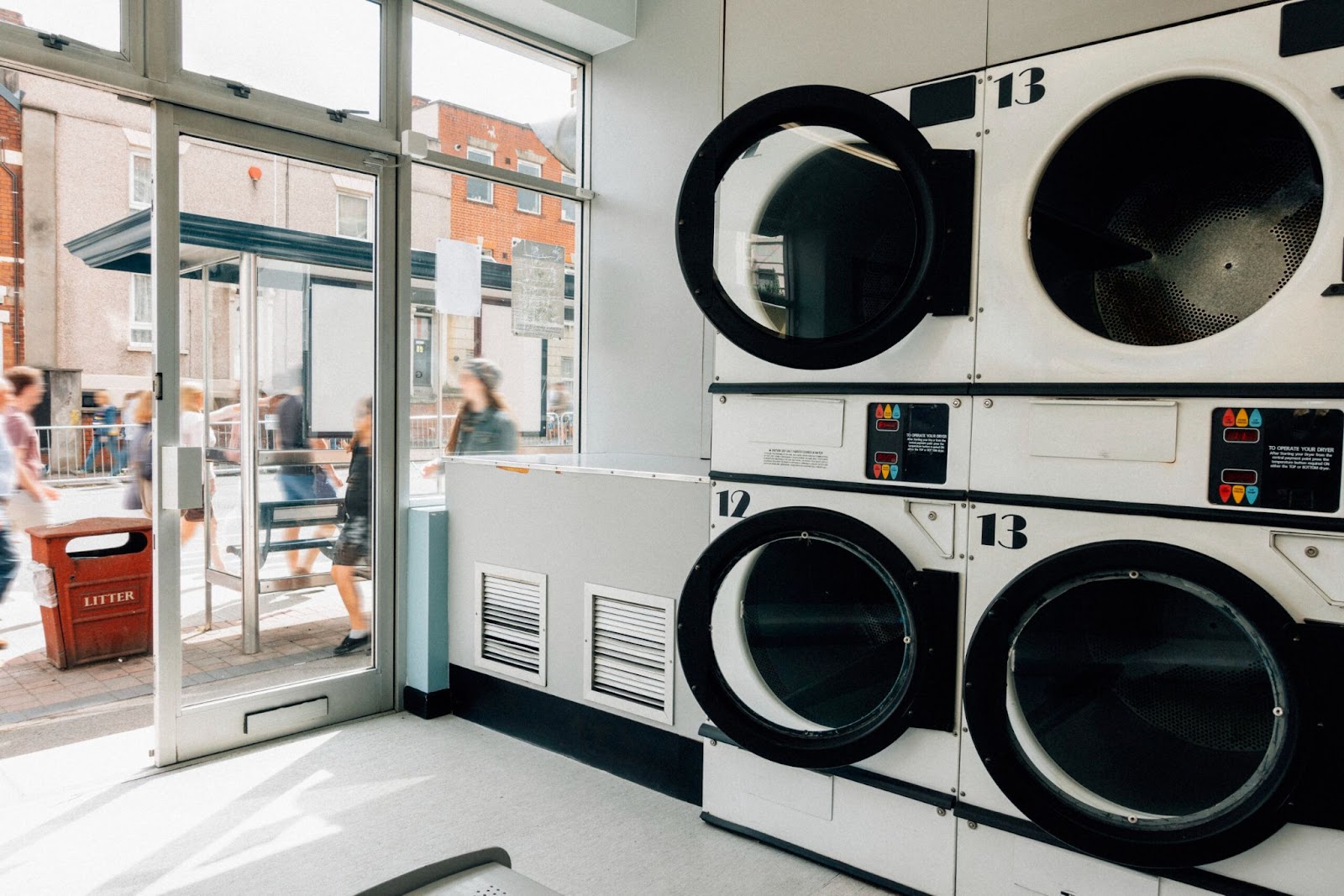
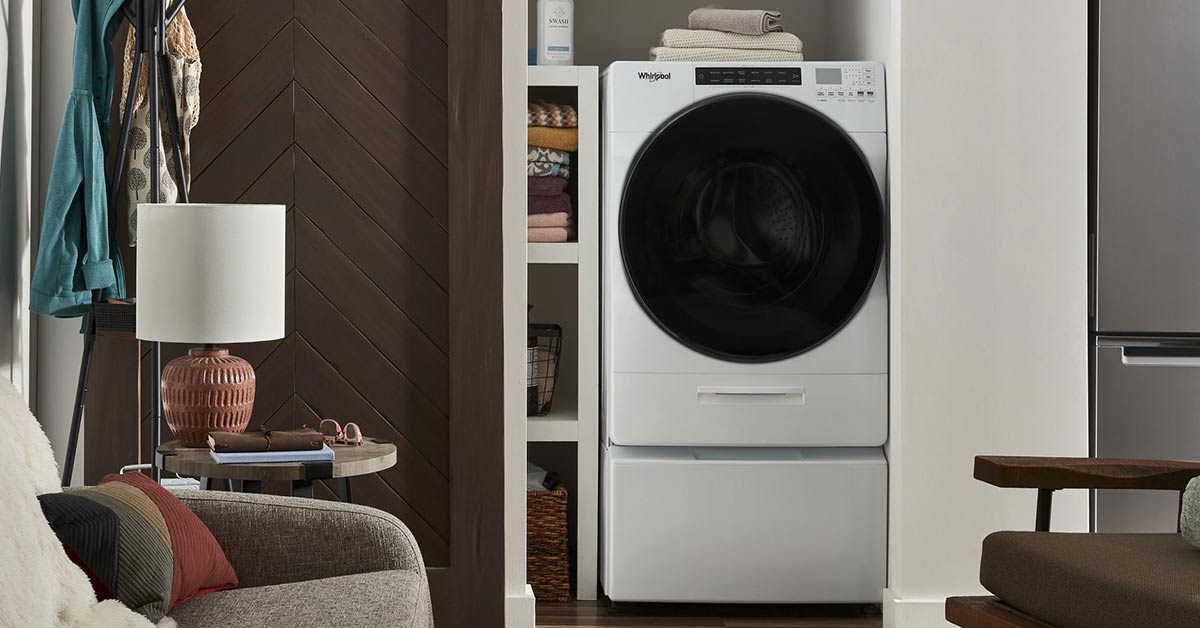
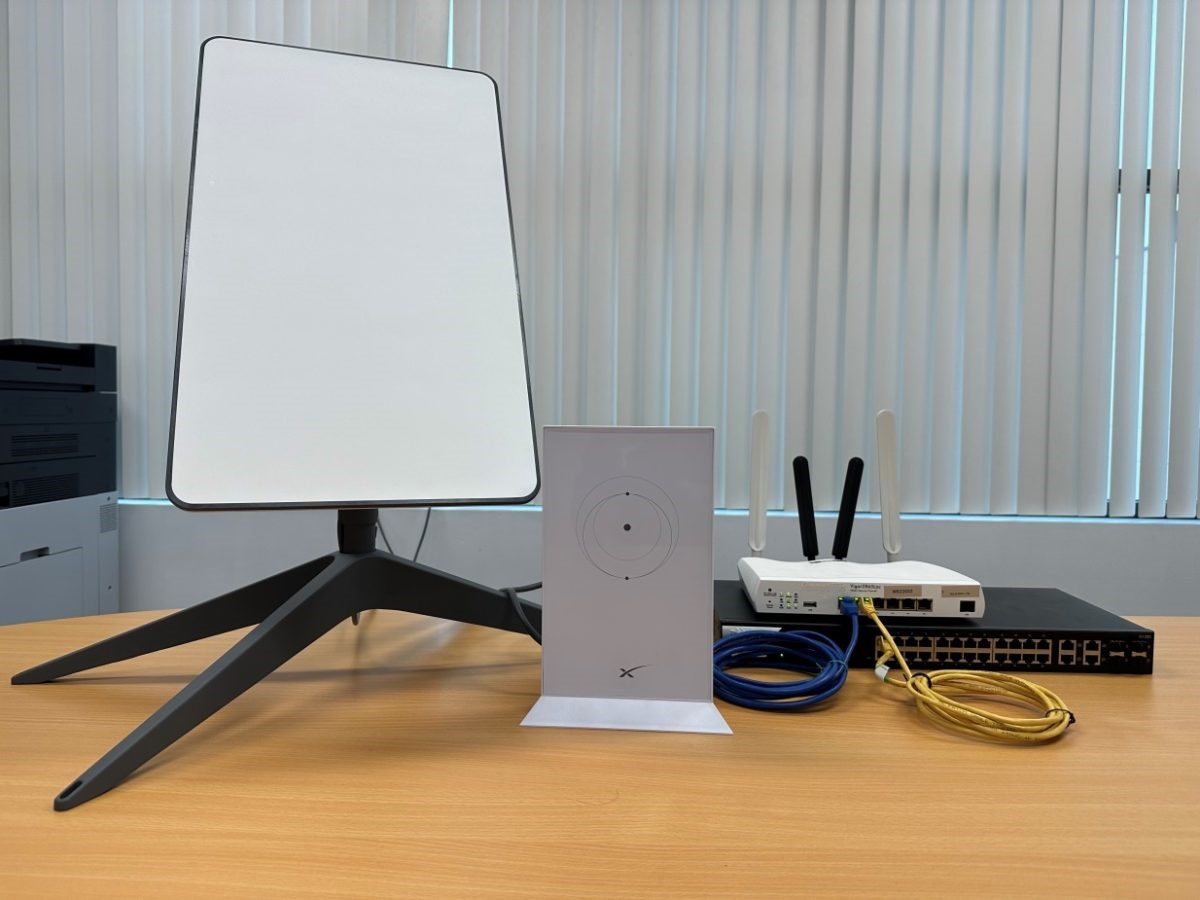
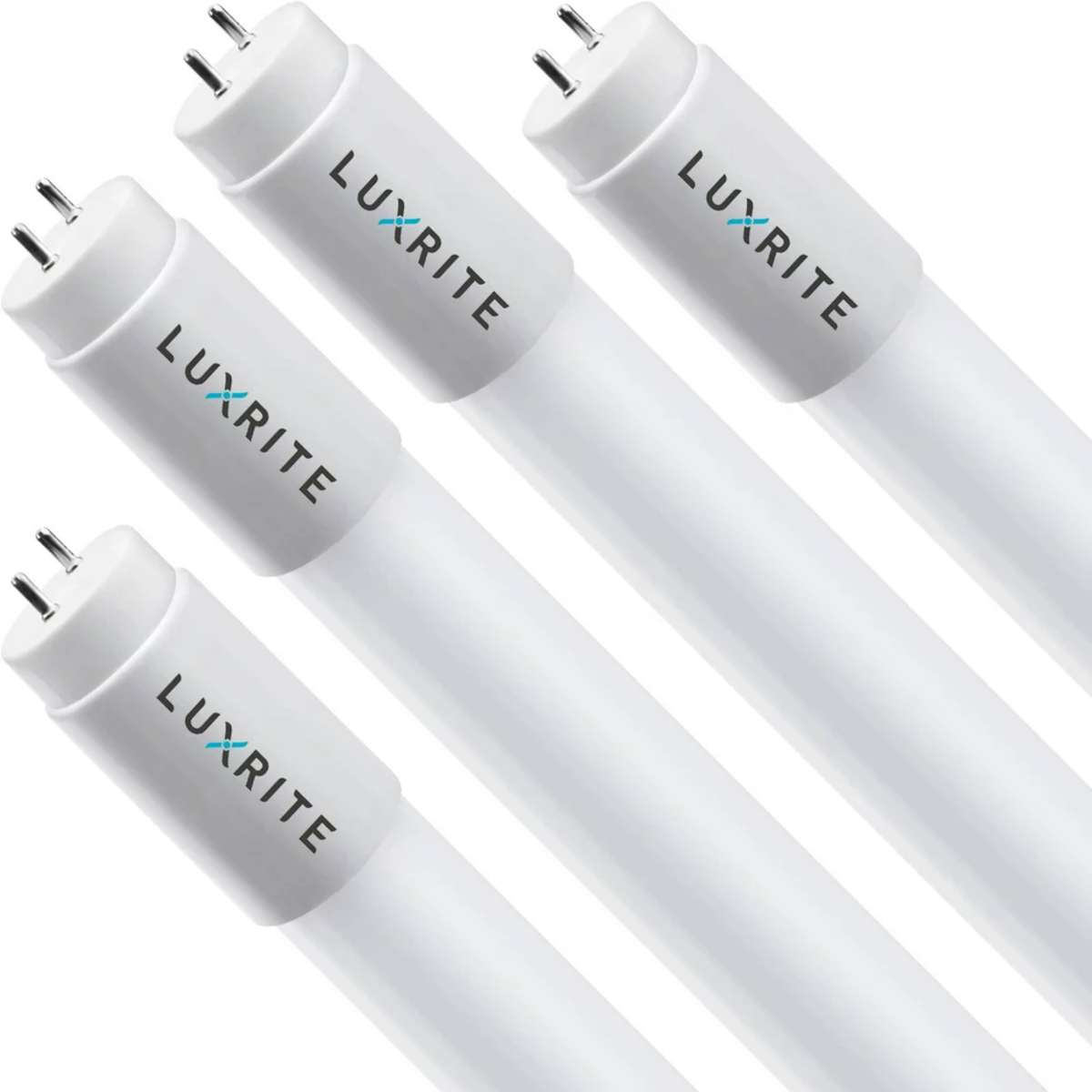

0 thoughts on “How To Bypass HDCP On A Projector”